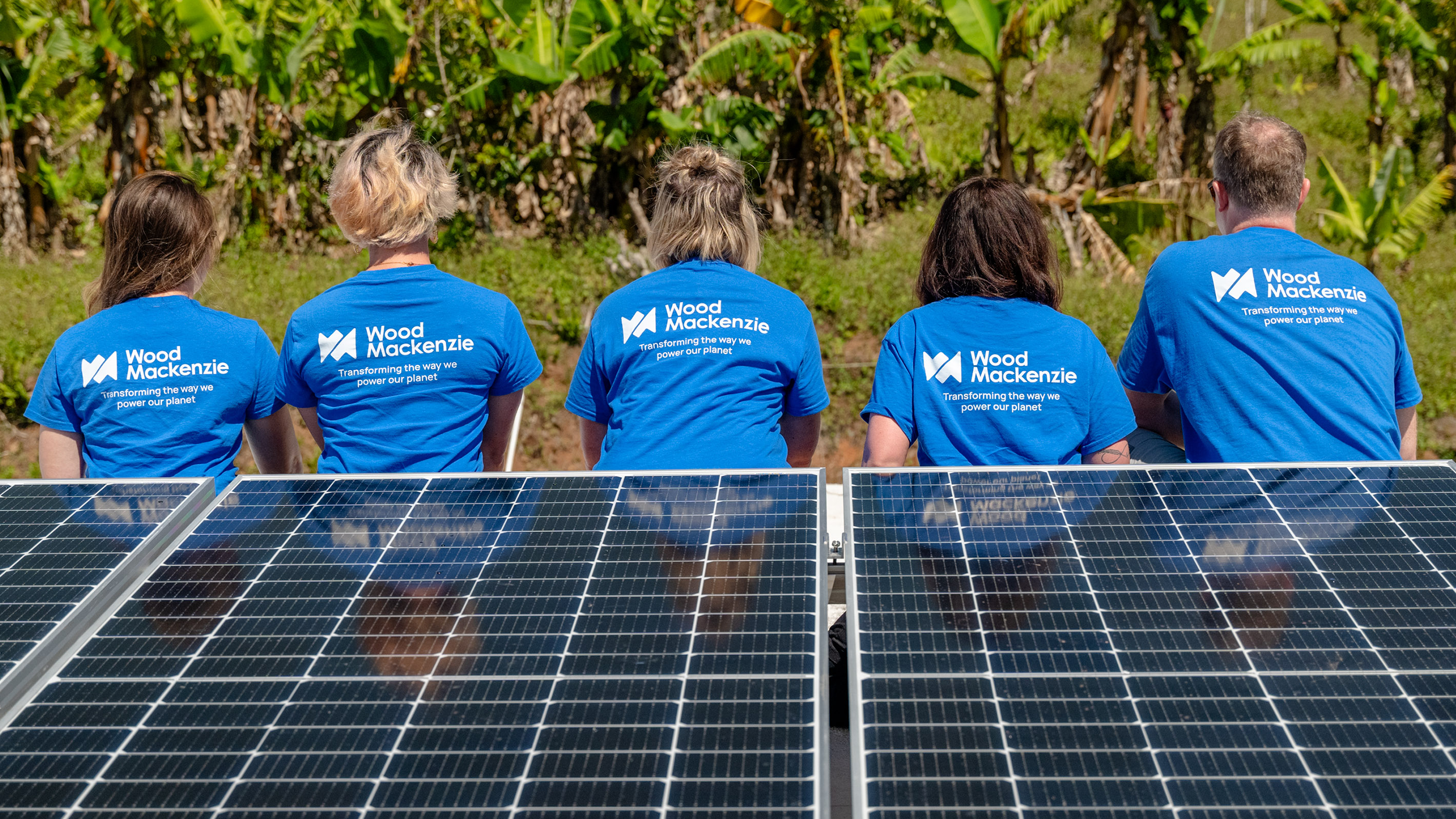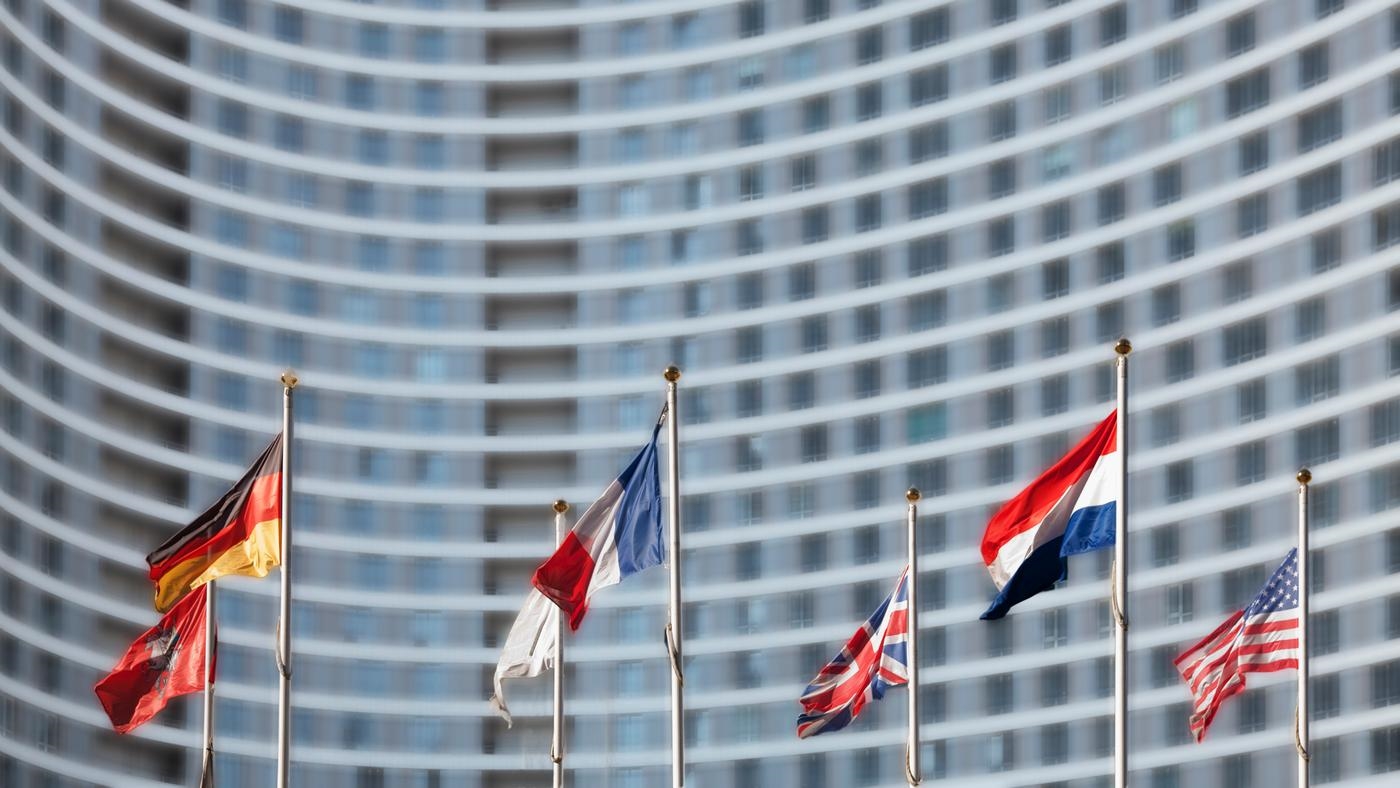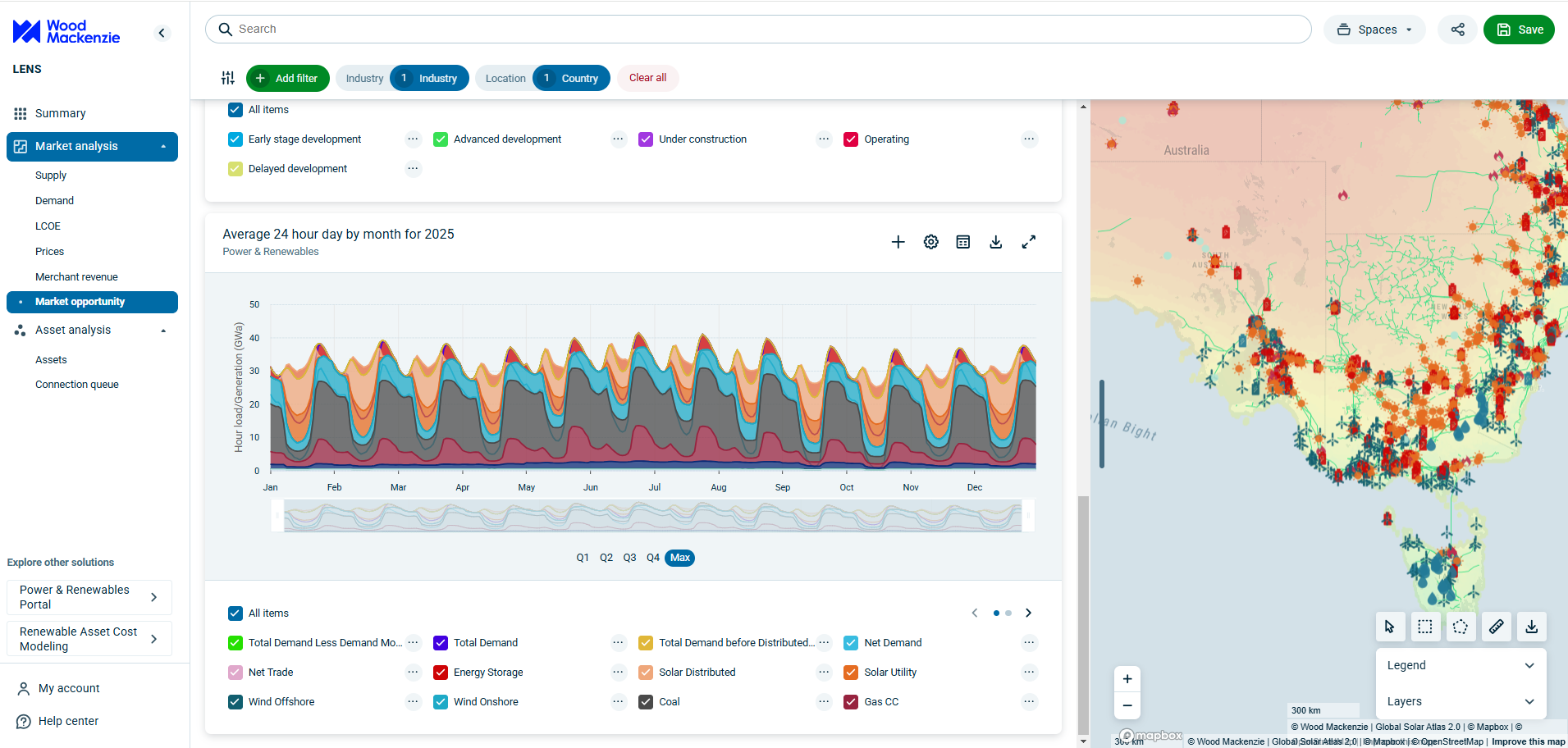Discuss your challenges with our solutions experts
Author: Victor Laurent, Manager, Product Development
On 4 April 2019, the Transmission System Operators (TSOs) 50Hertz, Amprion, TenneT, and TransnetBW submitted the first draft of Germany’s Grid Development Plan 2030 (Netzentwicklungsplan 2030), Version 2019. Following this publication, they published a second draft on 15 April, including comments from the German public and submitted it to the Federal Network Agency (Bundesnetzagentur, BNetzA) for evaluation.
As a result, extensive investment to increase Germany's grid size was formalised, including reinforcing between 7,600 km and 8,500 km of existing cables and building 3,800 km of new lines. Extra interconnectors will include 330 km of direct connections to Belgium, Denmark, Norway, and Sweden with a total capacity of 8 GW. Nearly 2,800 km of offshore lines will be developed by 2030 (3,700 km by 2035), with a planned network capacity ranging from 7.4 GW in 2030 to 11.4 GW in 2035.
The drivers
Several drivers pushed the German government to initiate this plan. First, since the country hopes to phase-out its nuclear plants by 2022 and coal power stations by 2038, maintaining the security of the power supply is crucial. This requires increasing the connections to its neighbours and finding alternative ways to produce and transmit electricity throughout the country. Figure 1 shows the different coal phase-out plans of European countries. Figure 2 shows the share of new installed capacity in the EU-28 in 2018. Solar and wind installations account for 88% of new installations, which shows thermal generation will give way to intermittent generation. Both graphs highlight the need for more transmission capacity to bring electricity to sufficient levels.
Figure 3: Follow transmission lines flows in real-time with Wood Mackenzie PowerRT
Source: Wood Mackenzie
Second, while generation in northern and eastern Germany is more than twice local demand, there is not enough electricity produced in the south and the west of Germany to cover demand there. As a result of this North-South discrepancy, the transmission lines between these areas are congested, costing the TSOs €1 billion in 2018 alone.
Figure 4: Electricity flows and direction on transmission lines using Wood Mackenzie PowerRT
Source: Wood Mackenzie
As shown in Figure 3, the Wood Mackenzie PowerRT platform monitors transmission flows within a country and its neighbours. Figure 4 shows a representation of the actual flows, their historical values, and direction.
Figure 5: Track renewable generation in real-time with Wood Mackenzie PowerRT
Source: Wood Mackenzie
Finally, boosting renewables to 65% of Germany’s power mix by 2030 requires flexibility and capacity in electricity delivery from intermittent generation. Transmission system Operators (TSOs) have to balance the real-time balance between production and consumption and deal with congestions when renewable production increases. The goal is to reduce CO² emissions by 55% over 1990 levels and make up for nuclear and coal generation loss. As shown in Figure 5 below, the Wood Mackenzie PowerRT platform also monitors renewable generation.
In conclusion, power grids need to be extended to reach renewable energy sites, including new transmission lines to connect the industrial South to northern wind power farms. The grid extension comes at a substantial cost, nearly €52 billion (US$60 billion) for onshore lines, compared to the €32 billion previously calculated. An additional €18 billion to €27 billion will be needed to link up offshore wind farms.
At Wood Mackenzie, we follow the development of the European power market. With the PowerRT platform, you can monitor and follow the electricity generation and transmission within and across countries. Find out more about PowerRT










